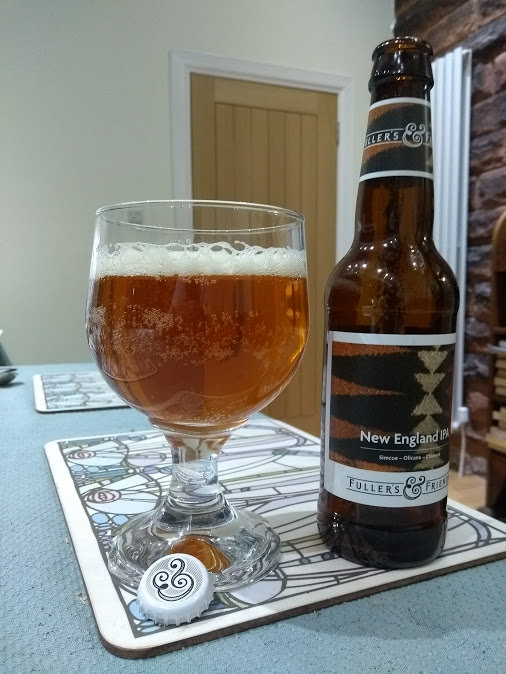Northern_Brewer
British - apparently some US company stole my name
The Fuller's brewers have been giving Twitter some peeks at their brewing book over the last few months - and clarifying a few points in the subsequent tweets :
The big one - the partigyle recipe for 260hl:520hl:260hl of ESB:London Pride:Chiswick Bitter :
https://twitter.com/FullersHayley/status/946762356914352133
Their 10.7% Imperial Stout and 10.5% Imperial IPA :
https://twitter.com/FullersHenry/status/940884021273333760
The Olicana/Simcoe/Chinook NEIPA collaboration with Cloudwater :
https://twitter.com/FullersHenry/status/892656324781232128




The big one - the partigyle recipe for 260hl:520hl:260hl of ESB:London Pride:Chiswick Bitter :
https://twitter.com/FullersHayley/status/946762356914352133
Their 10.7% Imperial Stout and 10.5% Imperial IPA :
https://twitter.com/FullersHenry/status/940884021273333760
The Olicana/Simcoe/Chinook NEIPA collaboration with Cloudwater :
https://twitter.com/FullersHenry/status/892656324781232128






































![Craft A Brew - Safale S-04 Dry Yeast - Fermentis - English Ale Dry Yeast - For English and American Ales and Hard Apple Ciders - Ingredients for Home Brewing - Beer Making Supplies - [1 Pack]](https://m.media-amazon.com/images/I/41fVGNh6JfL._SL500_.jpg)
























